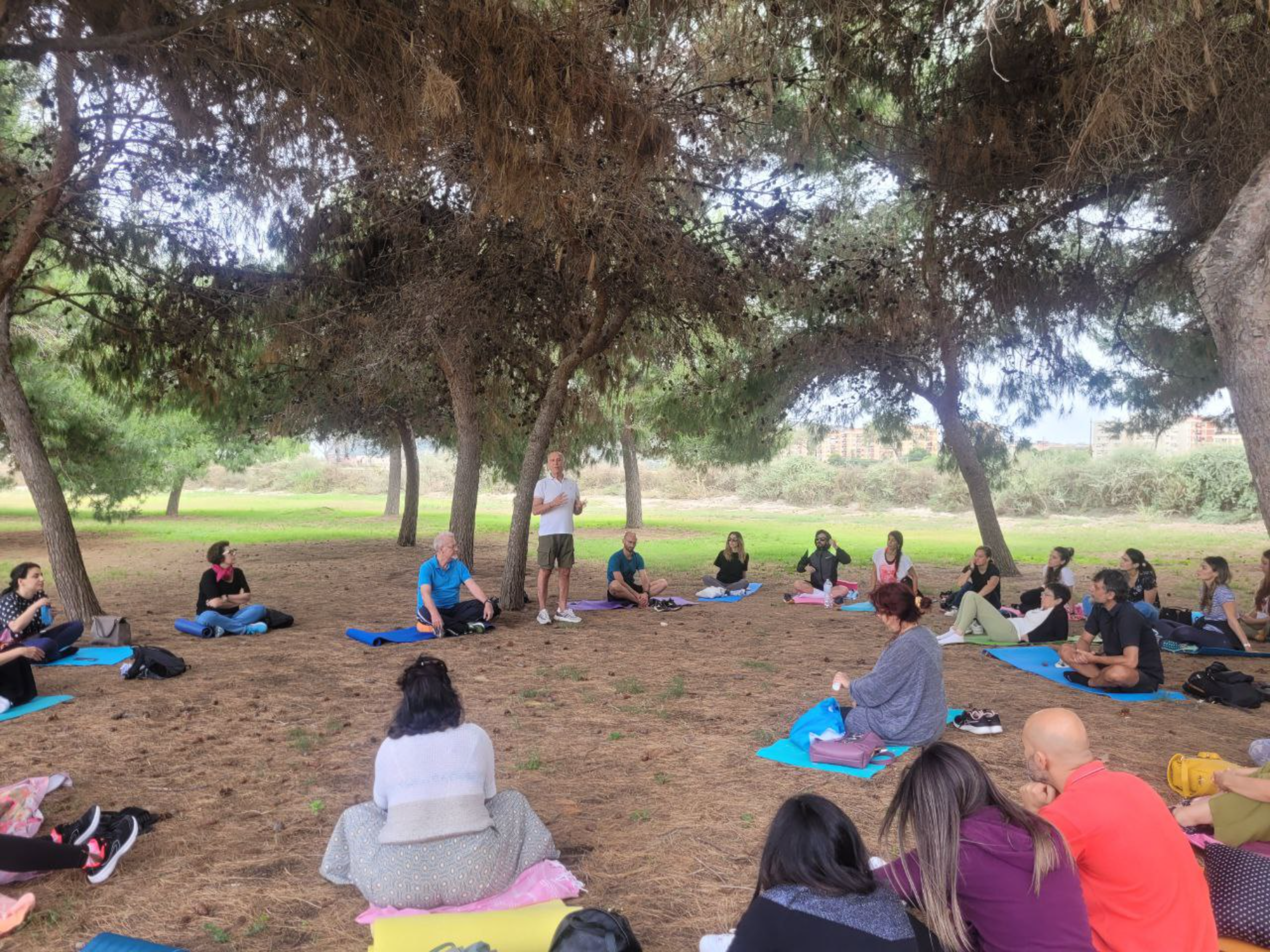
Meditation and mindfulness practices in Molentargius
On 15 June, the Italian Coevolvers team organized a workshop “Meditation and Mindfulness practices in Molentargius-Saline Park”, in collaboration with the Health Psychology Specialization School of Cagliari’s University and Doctor Gioacchino Pagliaro (Director of the Department of Hospital Psychology in the Oncology Department of the University Hospital of Bologna).
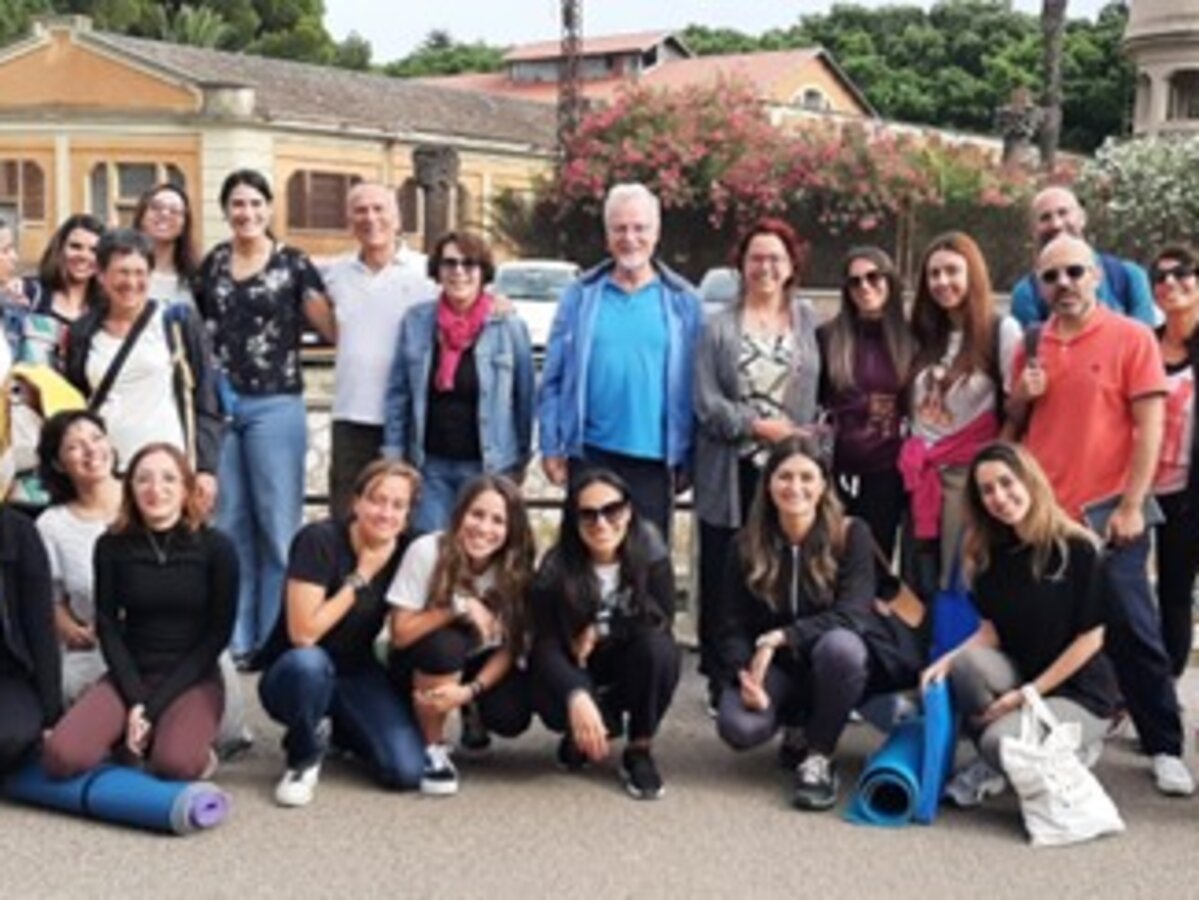
The activities went on both indoors (in a conference room), and outdoors (directly in the Park), to offer an enriching, dynamic, and deep experience. The first phase was dedicated to welcoming the participants and presenting the COEVOLVERS project in the conference room. After that, using the "Mentimeter" software, participants shared and reflected on the words they chose to describe Molentargius Park. The goal of this activity was to get to know the place.
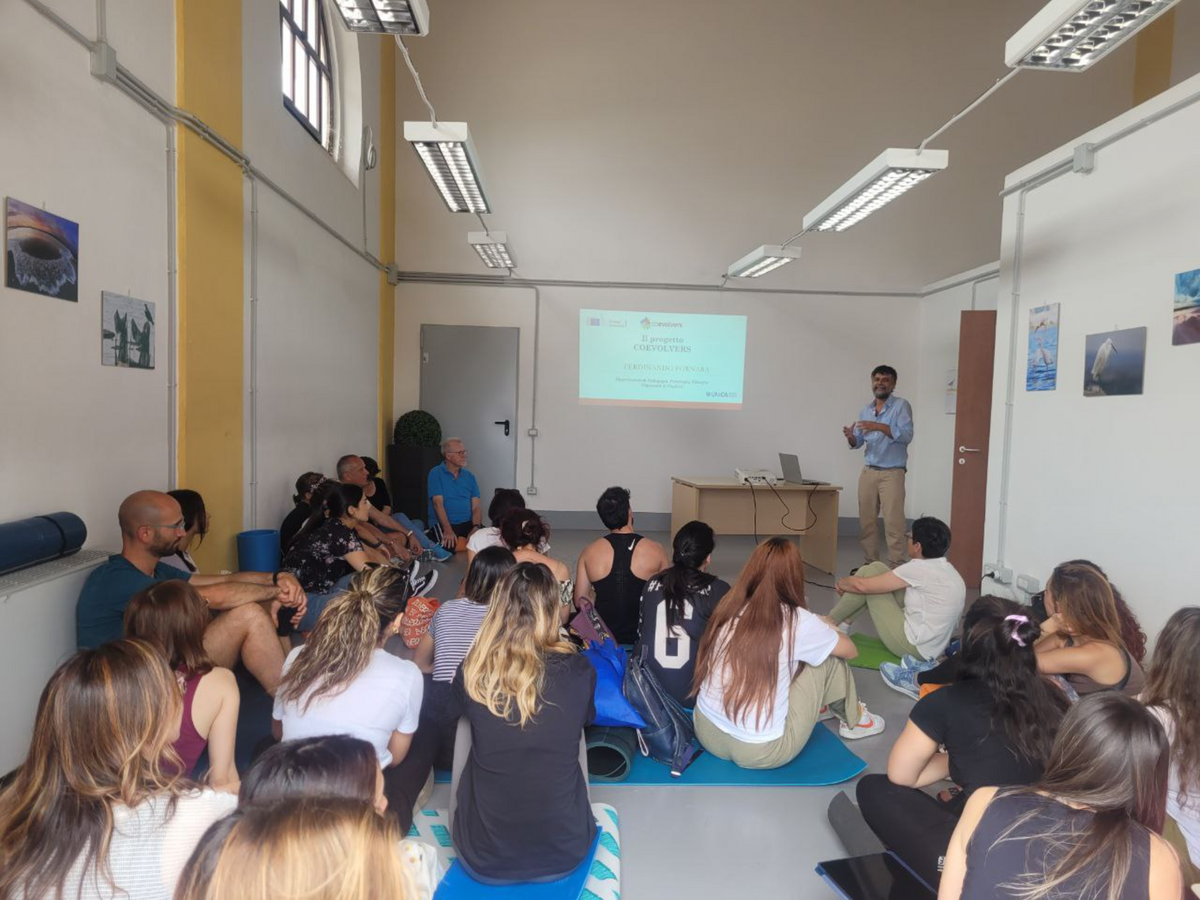
In the second phase, a mindfulness activity in a green park area was guided by Dr. Pagliaro, to introduce participants to awareness and mindfulness practices. Participants were invited to find a comfortable spot and follow the guided practice. During this session, they were encouraged to relax in the most comfortable position while listening to Dr. Pagliaro's voice, which evoked positive sensations and heightened awareness of both themselves and their surroundings. Dr. Pagliaro, who regularly applies these techniques in oncology, began with an explanation of the practice, focusing on three different breathing techniques.
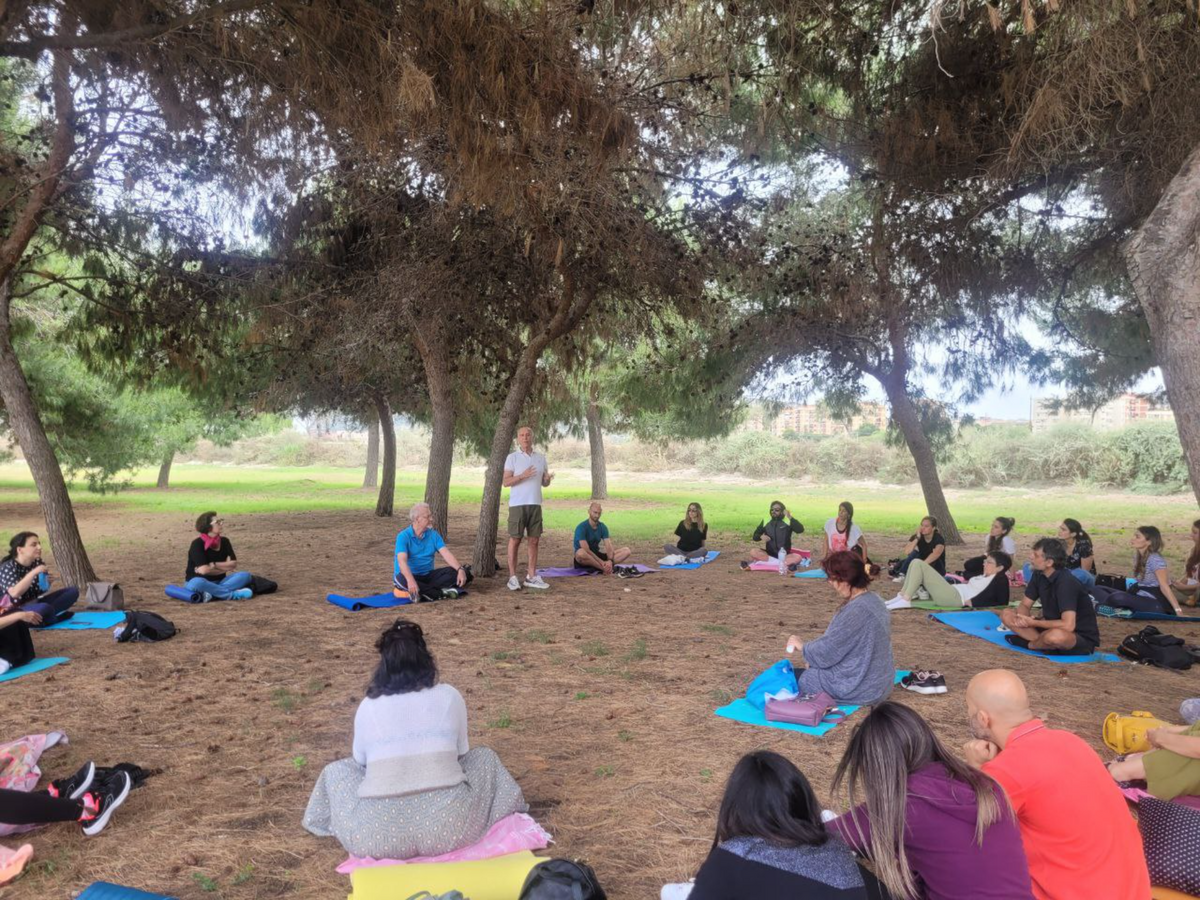
This part involved an initial awareness of the body, aiming to regulate heartbeats, followed by visualization techniques. Afterward, Dr. Pagliaro guided participants into a state of relaxation and meditation, encouraging them to focus on their breathing, body, and environment through their sense of smell, hearing, and touch. The session concluded with a debriefing, where Dr. Pagliaro discussed the potential benefits of mindfulness in treating anxiety, stress, hypertension, and headaches. The session was concluded with Chi Qong practices, which involved specific techniques that Dr. Pagliaro demonstrated.
After the Mindfulness practices, participants returned to the conference room for a debriefing on the activities, the techniques used, and the emotions they experienced. Following this, they completed a survey about their thoughts and feelings on the experience and how certain environmental features of the Molentargius might enhance mindfulness practice and overall health. The activities were positively evaluated using a scale that focuses on awareness of thoughts, emotions, sensations, self, brain, connection to the present moment, vigilance, active exploration of the moment, living fully, noticing details, physical sensations, and connection with the body.
The outcomes of the survey highlighted various ways in which nature contributes to personal wellness through different factors: the natural environment, the interaction between the environment and the group, calmness, contact with nature, energetic conduction and fluctuation, focus on slow breathing, lying position, staying in the present moment, visualization and sensory experiences, silence, and temperature. Participants reported a range of feelings, in particular relaxation, but also positive energy, joy, serenity, peace, freedom, lightness, tranquility, gratitude, well-being, presence, less tense muscles, a sensation of emptying the mind, discomfort from strong wind, tiredness, and a feeling of emptiness.
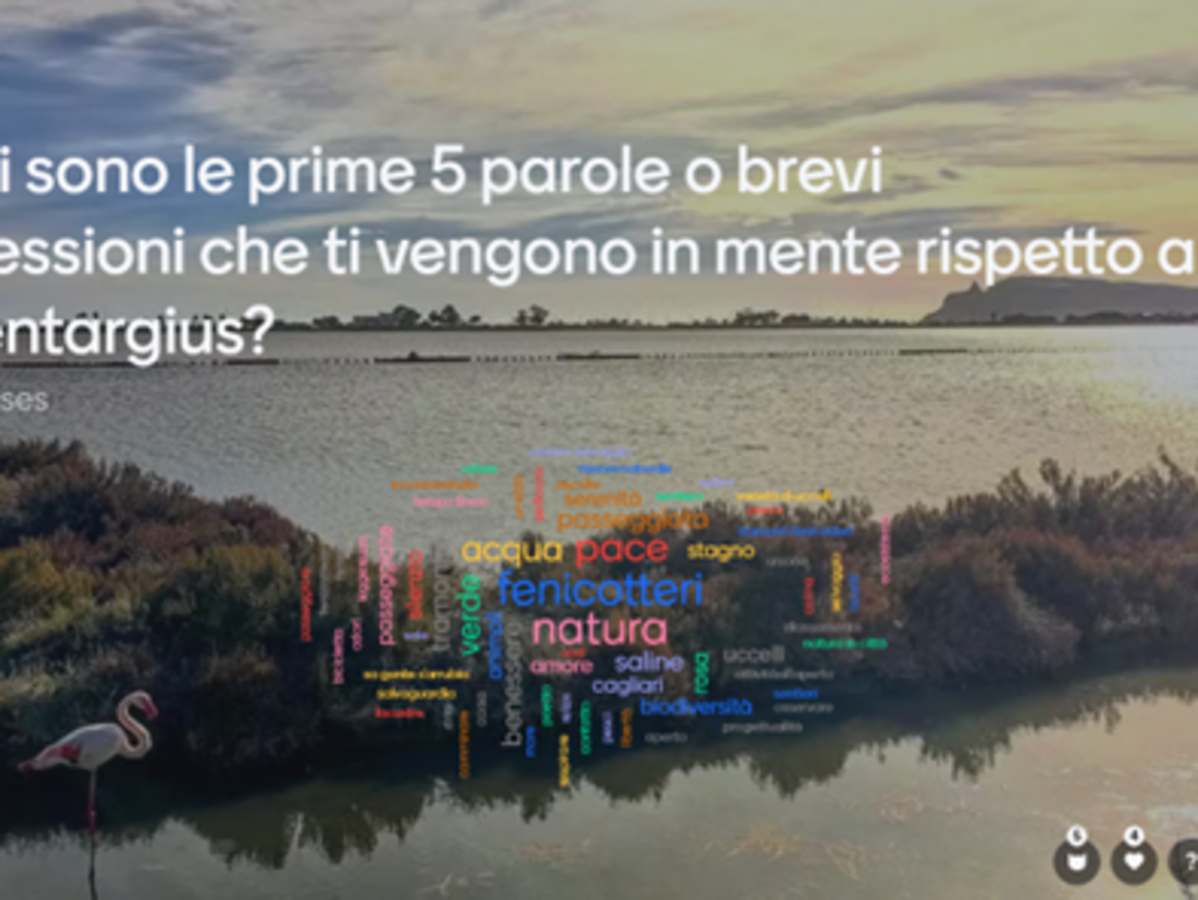
According to participants, these practice experiences can enhance health in various ways, such as relieving stress, maintaining high levels of well-being, taking time to connect with oneself, gaining a greater understanding of interoception and its relationship with emotions, impacting the autonomic nervous system, stepping away from routine, defusion (detachment from dysfunctional thoughts), paying attention to physical sensations, inducing relaxation, improving the immune system, maintaining regularity and consistency in practice, and increasing awareness of internal states and attention breath, the body, and sensory stimuli. The meditation practice was supported by several natural elements, such as the birds, trees, sky, sunbeams, the smell of nature, sounds, and silence, temperature, wind, the contrast of branches with the sky, colors, shapes, and the experience of being in a group.
Participants believed that these practices can support environmental health (flora and fauna) without harming it. This is achieved through developing respect for the place, recognizing oneself as part of a unique system, creating protected spaces for animals and vegetation, enhancing relaxation, increasing awareness of nature’s benefits, appreciating the beauty of the environment, connecting with it, raising environmental respect, and fostering a sense of connection and serenity as goals of mindfulness, while also caring for the visited place and generating mutual respect. The experience is described as being entirely associated with pleasure, confidence, and a connection with the place and not associated with confusion, uncertainty, worry, frustration, anxiety, or an evocation of curiosity.